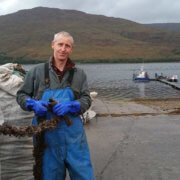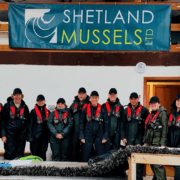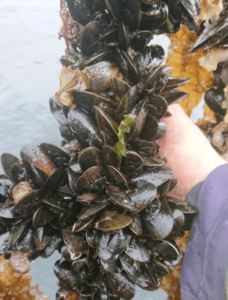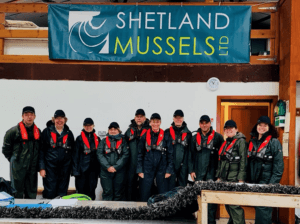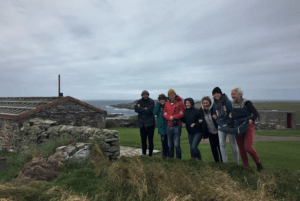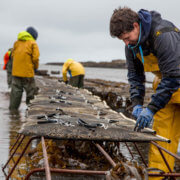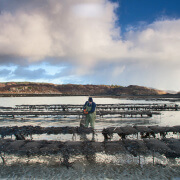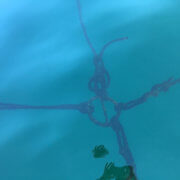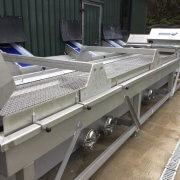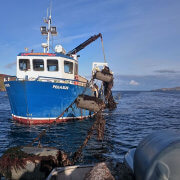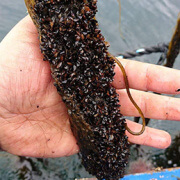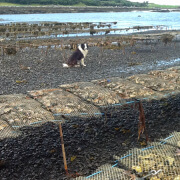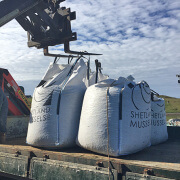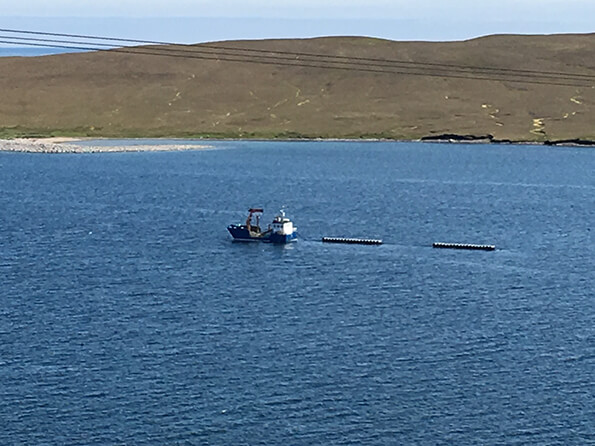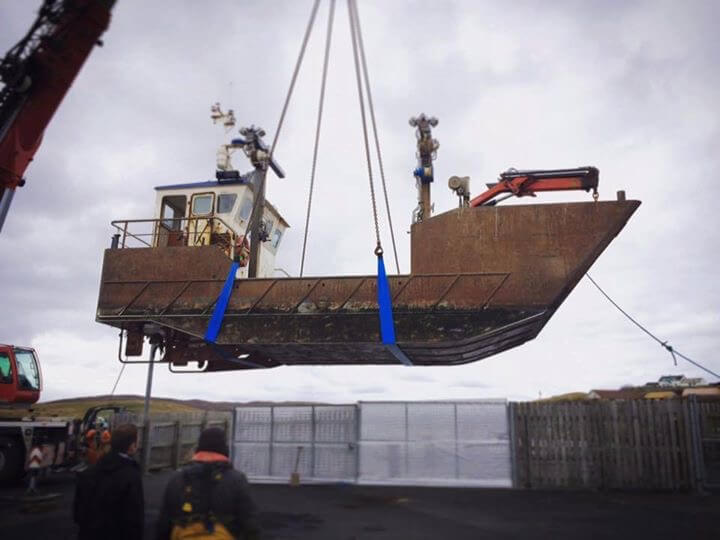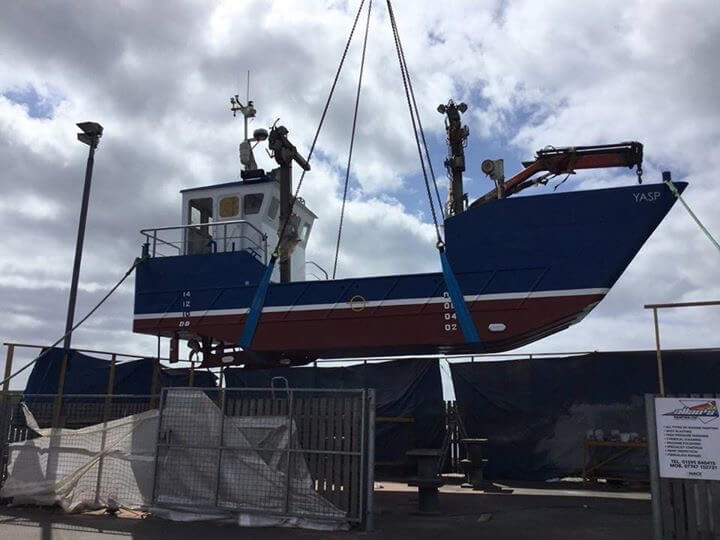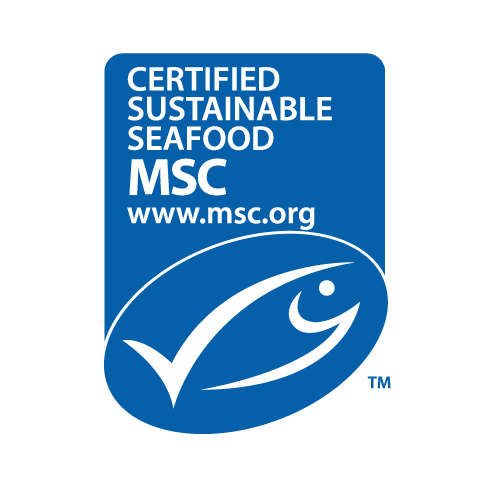Image above: Bud the oyster dog
With the growing season well underway there is work to be done every way you turn. Oysters grow particularly quickly on the outer site and need graded every month, bags to be turned and in some cases oysters to be re-bagged due to overcrowding caused by their fast growth.
This early growth that was so promising, slowed down in May and June and has only really picked up again in mid-July.
This has put a strain on our harvesting commitments, and if these natural events are happening on our farm, then the likelihood is that it is happening to everyone else and it is testament to the great work of everybody at SSMG in ensuring customers are kept fully supplied with the highest quality oysters. As August creeps in and all is coming right, it won't be long before our oyster farms are agitating to sell more produce!
Over the years, whether it be oysters or mussels the one problem that occurs over and over again is matching the supply and demand. I believe we have all got better at forecasting and delivering on these forecasts. However, the growth and delivery of these shellfish depends on many factors, sometimes totally outwith the control of the grower. Oysters unlike mussels are slightly more predictable as they don’t depend upon a natural spat fall.
As far as oysters are concerned we are trying to develop our growing cycle to enable us to have greater control over the whole process. So it was great to be able to show Gillian Dickie and Nic Cargill from SSMG and the technical staff of a supermarket chain what we are trying to achieve. I hope they found this process interesting – and I do know for sure that ‘Bud the oyster dog’ was a big hit with all of them. The classic tractors also received a lot of attention!
As part of our expansion strategy, we are working on developing our deep water site. This continues to perform well and we have recently increased the longline length and number allowing us to grow more hatchery seed and to a bigger size. One of the really good things about today's technological world is the ease of communications from growers all over the world, meaning that we can learn from each other what works and what doesn't . When we started growing oysters we relied on our own somewhat insular ideas to figure out the growing techniques. This led to many mistakes before succeeding. It also led to some interesting and individual growing methods! I intend to go into much more detail regarding these events, with my presentation at the forthcoming Association of Scottish Shellfish Growers conference in October.
We are now looking forward to our new grading equipment arriving from France - a water grader, that can now be viewed in action on YouTube or the makers own website. How good is it to see this bit of equipment actually working compared to the old diagrams and occasional photos? However, it is always good to go and meet farmers actually using this equipment both to see the equipment in real time use and importantly get their opinions on performance, etc. It is encouraging that most farmers have been only too happy to share their knowledge on the latest technology.
Will this be the last time we are part funded from the EU on this new and innovative equipment? Without this funding some alternative would need to be found to ensure the shellfish industry can continue to expand at the rate previously expected. I would imagine that most of us involved in aquaculture view the impending exit with a degree of trepidation.
No doubt there have been heated discussions and arguments as to how all this will affect the Scottish shellfish industry, and am sure this will continue to be discussed at the forthcoming conference and round pub tables for some time to come.


